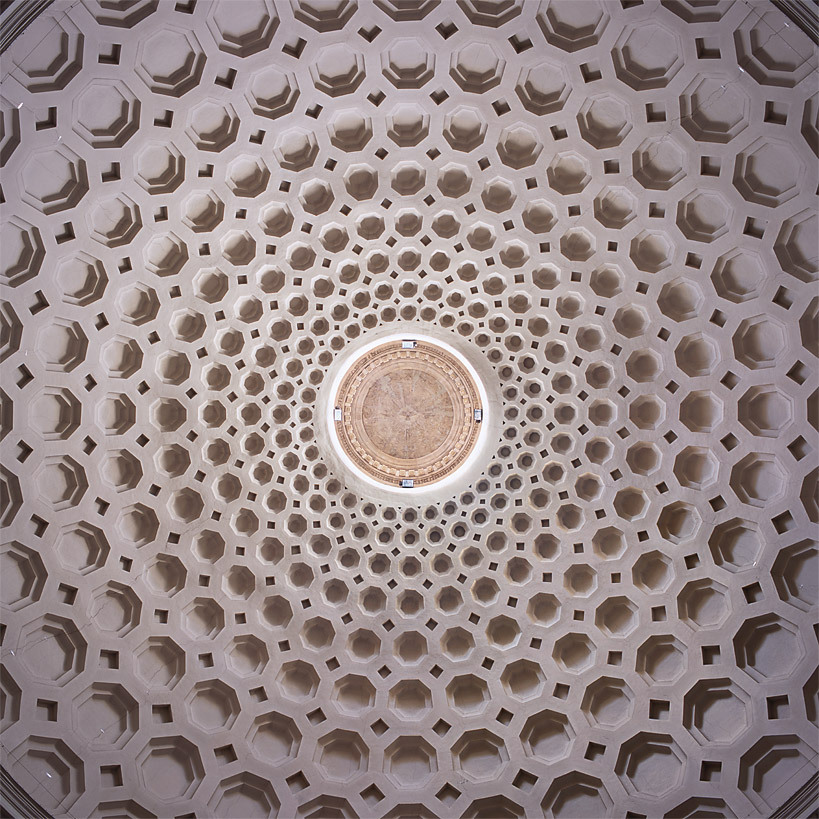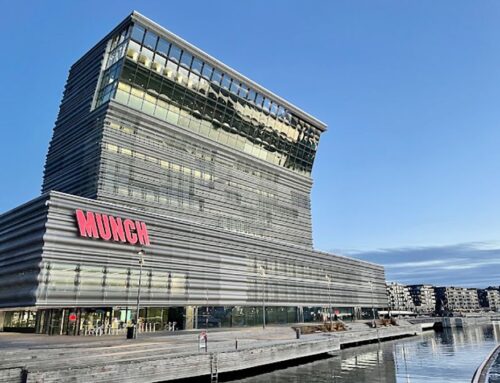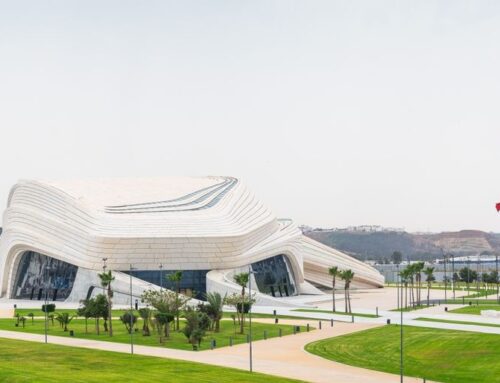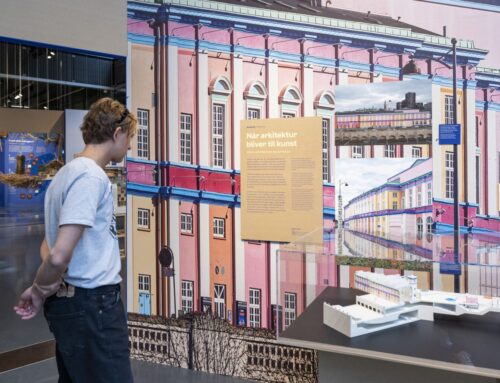With its hundreds of churches, Rome has developed a rich history of domes. Inspired by this heritage, Jakob Straub has photographed the most remarkable domes of this city from the ancient Pantheon to the modern sports stadium of Pier Luigi Nervi. Its neutral perspective, taken looking up from the center of the dome, opens up a new point of view for the concepts that underlie the architecture. For Elias Torres, these “zenithally” illuminated spaces constitute an important method for the architecture of the day, where the exterior is also transformed into a fascinating distant reality.
Torres has analyzed numerous strategies for zenithal lighting. In his book “zenithal light”, illustrated with an abundance of photos, he came to the conclusion that “Among the representations of the sky in interior architecture, that which represents the sun shining from above in a circular shape has been favored by many cultures”.
The Pantheon (126 AD) in Rome has set the benchmark for spaces without windows illuminated only with zenithal light – separated from the city around it. The open circle of nine meters clearly attracts the attention of visitors. During the course of the day the imposing ray of sunshine moves majestically from the dome to the ground. Originally, the dome was decorated with gold stars in the coffers with a blue background, but today’s nudity brings the play of light and shadow to the foreground.
Almost two thousand years later, although Pier Luigi Nervi and Annibale Vitellozzi created a dome closed with a lantern for their Palazzetto dello Sport (1956-1958), it also reconstructs the dome of the sky. The central circle represents the sun and gives a floating lightness to the lantern. Constructive engineering is elegantly transformed into a sophisticated shell of sun rays that encloses all spectators.
The roundabout of San Bernardo alle Terme (1598) seems to be similar to that of the Pantheon. However, this church does not have an open oculus to the sky; a lantern with windows in the upper part of the dome is the only source of daylight for the church. The nine octagon rings – which diminish in size towards the oculus – generate a strong spatial perspective, with their distinctive pattern of light and shadow.
In contrast, the luminous dome in the Motherhouse of Mutilati (1924-1936) appears as a direct counterpoint to the Pantheon: The opaque “oculo” is placed on translucent glass rhombuses that dissolve the solid dome. The roundabout emerges, less tectonic but more floral and illuminated, while fine lines in the glass elements underline a delicate aesthetic.
In addition, the symbolic representation of the expansion adds a spiritual dimension to these domes. The church of St. Theodore in the Palatine (1703-1705) with its pastel blue colour creates a direct link with the clear sky during the day. However, the dark blue of San Gioacchino (1891-1898) acts as a canvas for the night with bright golden stars. Here, the zenithal image of the sun with rays of light pierce the starry sky and induce a simultaneity of day and night.
Source: Plataforma Arquitectura








Leave A Comment